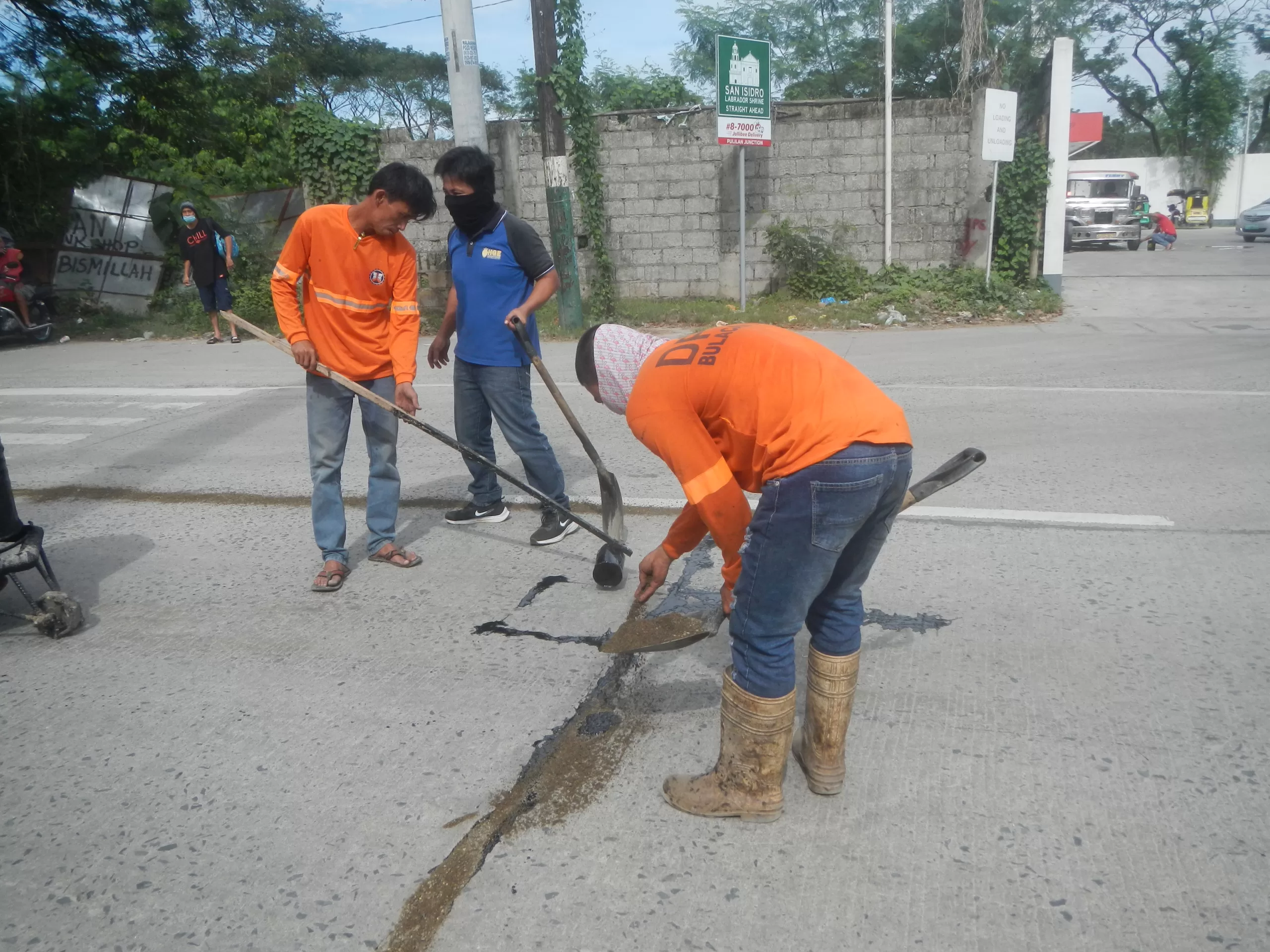Concrete is one of the most widely used materials in construction, particularly in infrastructure projects such as bridges, roads, and buildings.
However, over time, concrete structures are prone to wear and tear due to exposure to various environmental factors such as weathering, chemical attacks, and physical impacts.
As a result, the need for concrete repair arises.

Concrete repair is a complex process that requires careful planning and execution.
It involves identifying the root cause of damage or deterioration and selecting appropriate repair techniques.
Moreover, repairing concrete structures in infrastructure projects presents unique challenges due to their size and complexity.
This article explores some of these challenges and solutions or we’ll take a closer look at what slabjackgeotechincal.com entails and how it can benefit your property that can be applied to ensure effective concrete repair in infrastructure projects.
Concrete repair is an essential aspect of infrastructure projects as it helps to prevent further damage and prolong the service life of structures.
Some of the common causes of concrete damage include corrosion, freeze-thaw cycles, chemical exposure, and structural overload.
Concrete repair involves restoring damaged or deteriorated concrete structures to their original state through various techniques such as crack injection, surface repairs, and structural strengthening.
One of the major challenges in concrete repair is identifying the root cause of the problem.
It requires a thorough inspection and diagnosis to determine whether there are underlying issues that need to be addressed before repairing the visible damage.
Additionally, selecting appropriate materials and techniques for repair can also be challenging since they have different properties and varying degrees of effectiveness depending on the type and severity of the damage.
Concrete repair is an essential process in infrastructure projects that ensures structural integrity and longevity.
Despite the benefits of concrete repair, there are several challenges associated with it.
Read Also :
One common challenge is identifying the cause of damage accurately.
Concrete may suffer damage due to various factors such as moisture, chemical exposure, or physical impact.
It is essential to identify the root cause of the damage before beginning repairs to ensure long-term effectiveness.
Another significant challenge in concrete repair is selecting the appropriate repair method for a specific situation.
There are many methods available for repairing concrete depending on the type and extent of damage.
Choosing an incorrect method can lead to further deterioration of concrete and costly repairs down the line.
The choice of materials used in repairs also poses a particular challenge since different materials have varying characteristics that affect durability and adhesion.
Concrete is a popular construction material used worldwide for infrastructure projects such as buildings, bridges, roads, and tunnels.
However, over time concrete can deteriorate due to weather exposure, chemical attacks, and heavy usage.
Therefore, it is important to have effective solutions for concrete repair.
One solution for repairing concrete is injection grouting.
This involves injecting grout material into the cracks in the concrete to both seal them and strengthen the structure.
Another solution is surface sealing which involves applying a protective layer of epoxy or other coating materials on the surface of the concrete to prevent further damage.
Lastly, carbon fiber reinforcement can be used in conjunction with injection grouting or surface sealing to provide long-term strengthening and stability of the structure.
These solutions not only repair damaged structures but also prolong their lifespan reducing maintenance costs over time.
Timely repairs are crucial in any infrastructure project, especially when it comes to concrete repair.
Concrete structures are exposed to environmental conditions such as heat, cold, moisture, and chemical attacks which can cause significant damage over time.
Without proper and timely repairs, the damage can worsen, leading to costly replacements or even structural failure.
Timely repairs not only prevent further deterioration of the structure but also ensure that the repair costs remain low.
When concrete structures start showing signs of wear and tear, it is essential to address them immediately before they escalate into more significant problems.
Early detection of damages means less time spent on repairs and less disruption to traffic flow or other operations related to the infrastructure project.
Innovations in concrete repair techniques have been instrumental in addressing the challenges and drawbacks associated with traditional concrete repair methods.
The use of advanced materials, such as fiber-reinforced polymers (FRPs), has improved the durability and strength of repaired structures.
FRPs can be applied to reinforce existing concrete structures, reducing the need for costly replacements.
Another innovative solution is self-healing concrete.
Self-healing concrete contains capsules filled with healing agents that can automatically fill cracks and voids within the material.
This technology can extend the lifespan of a structure by minimizing water infiltration and corrosion damage.
In conclusion, concrete repair in infrastructure projects is a complex and challenging task that requires attention to detail, expertise, and advanced technologies.
The main challenges are related to the identification of the root cause of damage, the selection of appropriate materials and methods, and ensuring long-lasting solutions.
However, by adopting innovative approaches such as self-healing concrete or nanotechnology-based coatings, it is possible to address these issues and improve the durability and sustainability of our infrastructure systems.
As we continue to face increasing demands for infrastructure development while preserving natural resources, it is crucial to invest in research and development in this field to ensure safe and efficient structures for future generations.